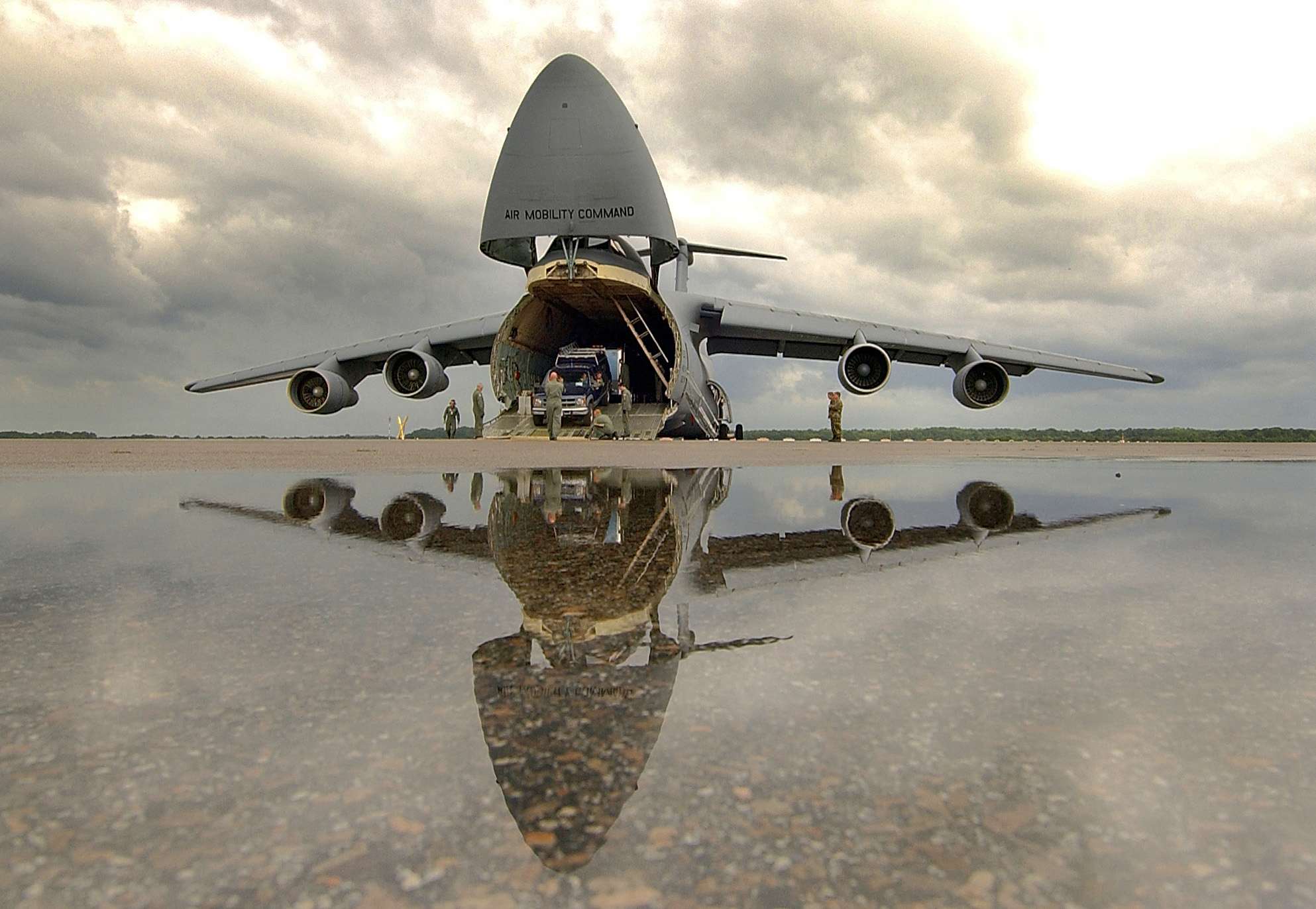AE4630 - Aerospace Structural Design:
Lecture 2
Introduction, Structural Idealization, and Scaling
Brief announcements
- I reviewed due dates on e-learning
- Moved the final to its appropriate time 12/17 12:30PM
- Moved the project back two days to 12/10 2:30PM
- Grader has completed the homework
- Last homework assignment will be optional (practice only, solutions immediately available). Fair game on the exam.
- Don’t forget about the limited number of licenses for software!
- Please fill out the course evaluations!
- Please let me know how the online version of the course went… better, worse, both?
Introduction and historical background
Sub-disciplines within aerospace engineering
- Aerodynamics
- Propulsion
- Controls systems
- System engineering
- Structures
- Static equilibrium, strength of materials
- Static stability and control
- Dynamic stability (aeroelasticity)
- Integrated function
Challenges associated with structural analysis
- Safe (redundancies and no failure)
- Not over-designed (weight = cost)
- No room for error (get it right the first time)
- Failure can be fatal
- Re-design is extremely costly
Typical task
- Givens:
- Surface shape
- Loads
- Required:
- Stiffness
- Materials (based on flight envelope)
- Constraints
- Light weight!
- Interior spaces
- Manufacturing
- Cost
- Maintenance
Flight loads
- Aerodynamic
- Lift
- Drag
- Pitching moments
- Torque
- Thrust
- Inertia
- Landing
- Gusts
- Dynamic maneuvers
- Vibrations
Weight drives geometry
- Since the dawn of flight, weight has been a critical driving force
- Requirements for lightweight structure drives structural efficiency (and
selected design elements)
- Well managed load paths are a key to efficient design
- Local loads are transferred to principal structural components
- Wing skins \(\Longrightarrow\) stringers \(\Longrightarrow\) ribs \(\Longrightarrow\) spars \(\Longrightarrow\) fuselage
Principal structural elements in an aircraft
Axial members carry extensional and compressive loads
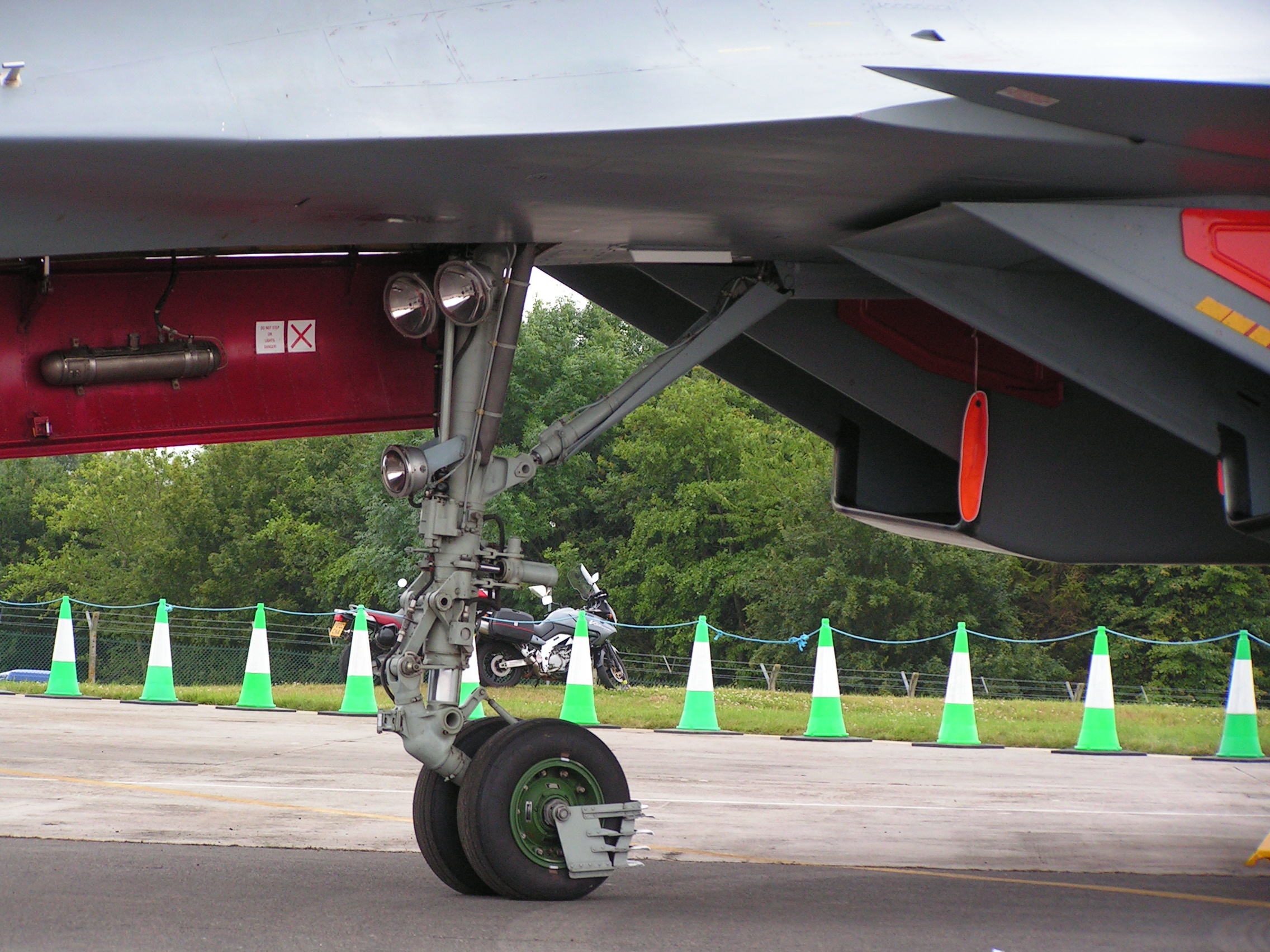

Also called columns
Bending members carry bending moments
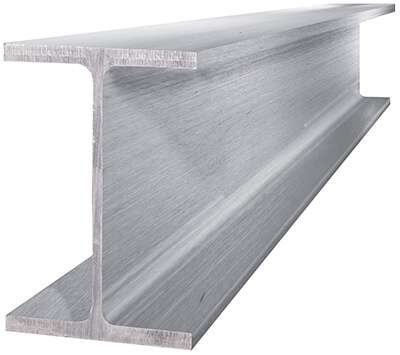

- A subset of bending members are called beams
Torsion members carry twisting moments (torques)
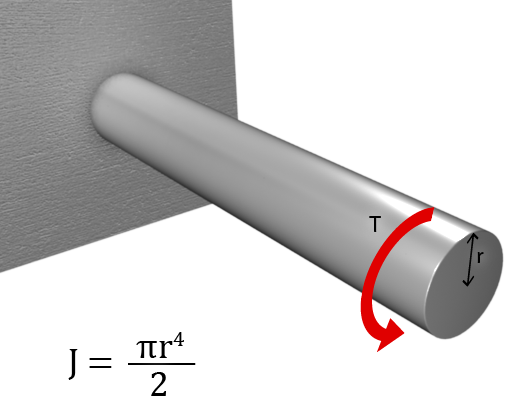

- A subset can be called shafts (but not all torsion members should
be called shafts)
- i.e., Crankshafts
- Other structural members carry torsion
- fuselages
- wings
Shear panel
- A thin sheet of material used to carry in-plane shear load
- Skin (shear member, i.e wing panel)
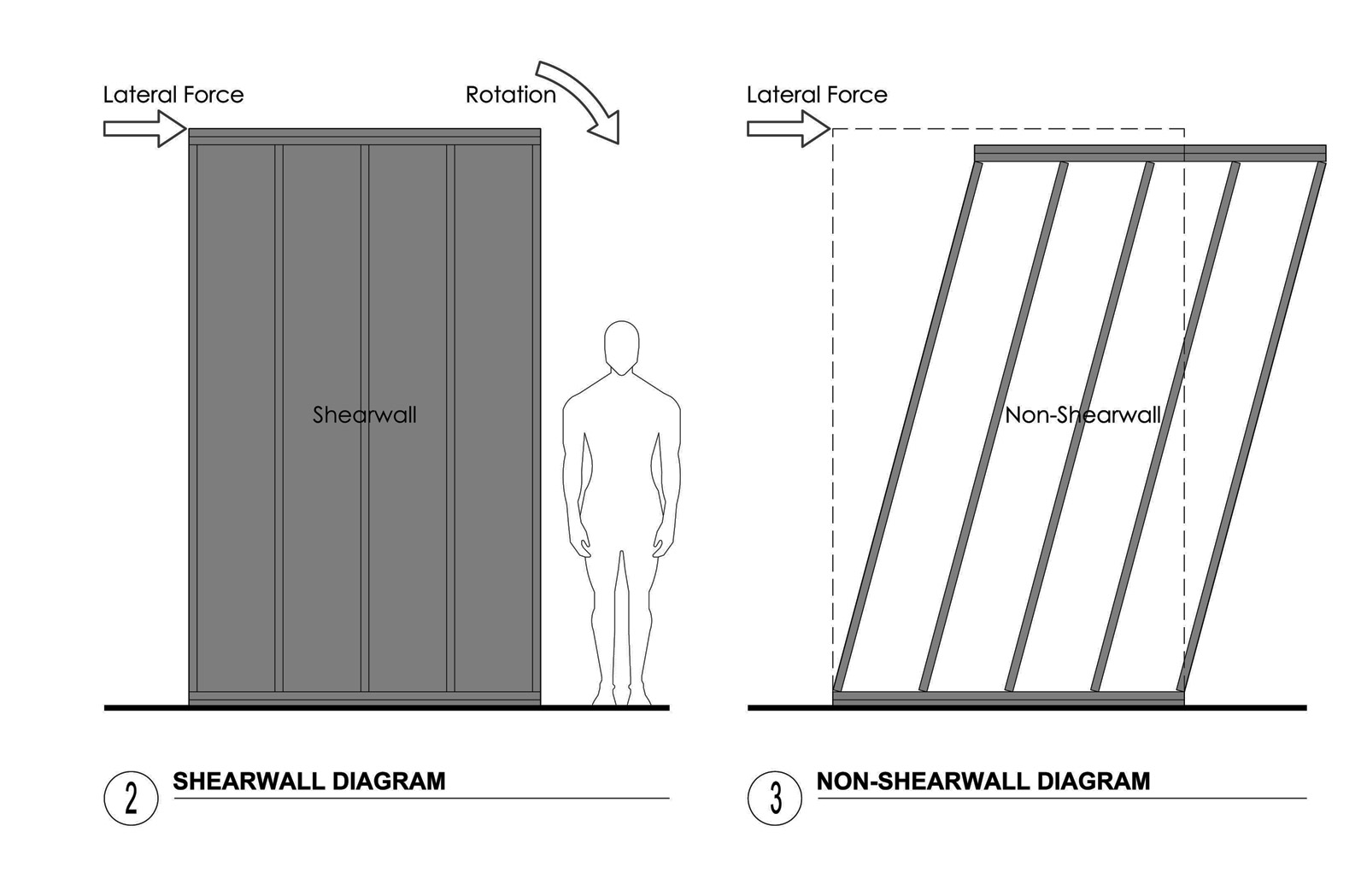
Beam on an elastic foundation
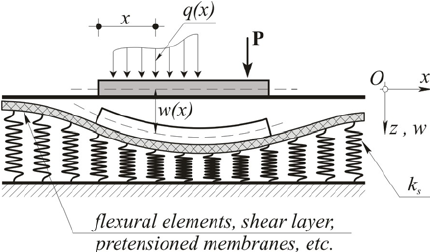
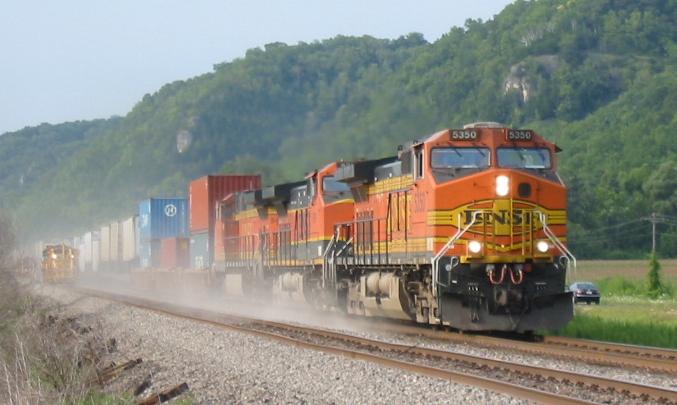
Membrane
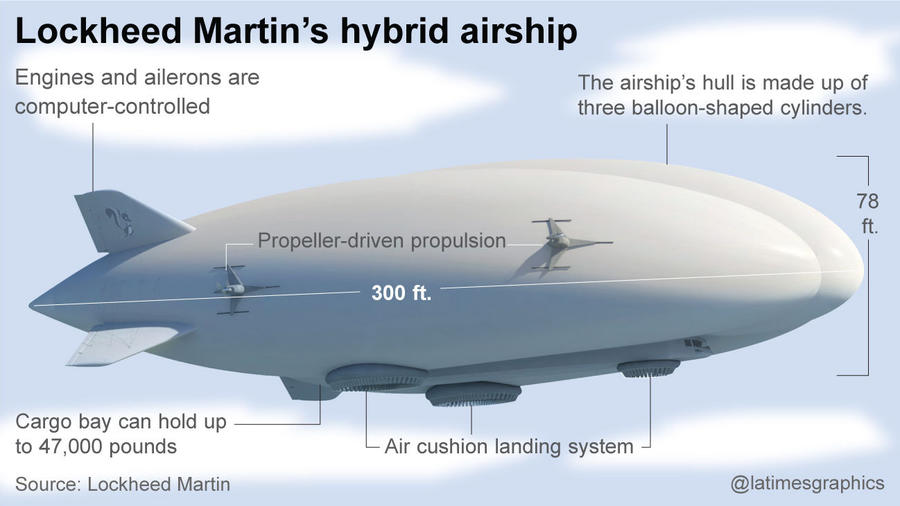
Plates and shells
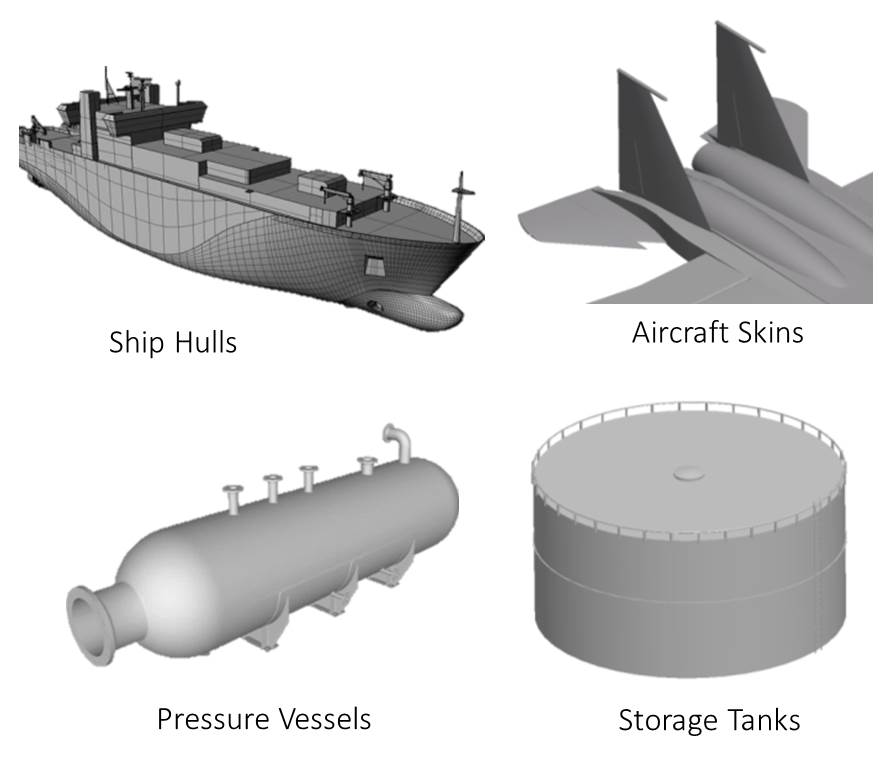

Curved beams
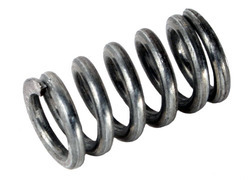
Combinations
Optimal aerostructures typically combine several structural features:
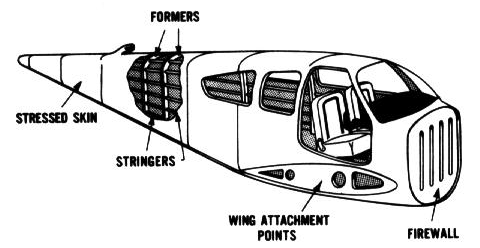
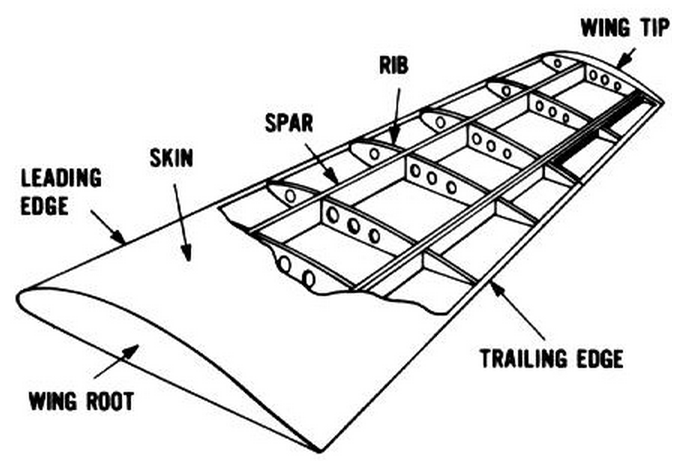
Load Paths
Wing skins \(\Longrightarrow\) stringers \(\Longrightarrow\) ribs \(\Longrightarrow\) spars \(\Longrightarrow\) fuselage
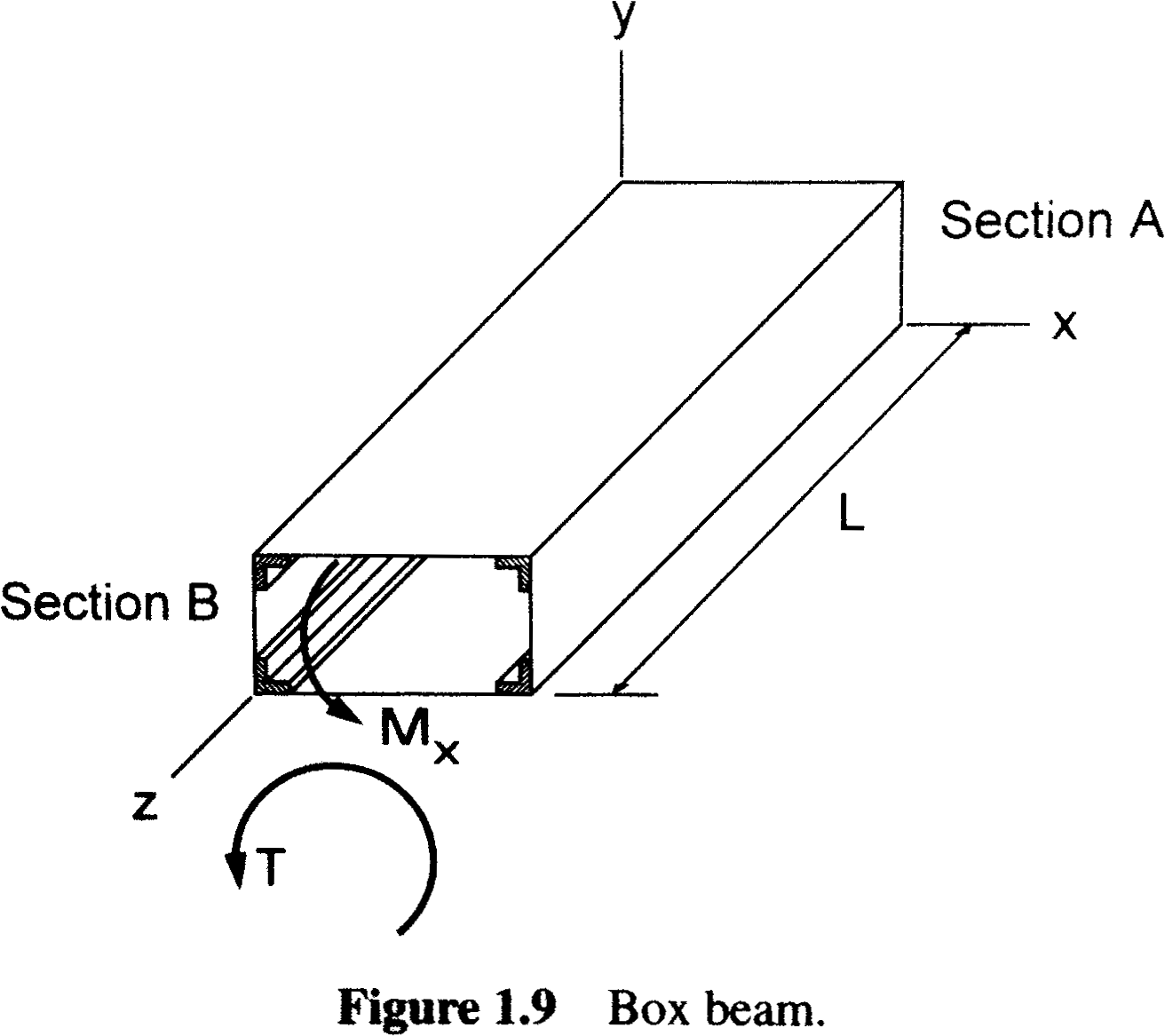
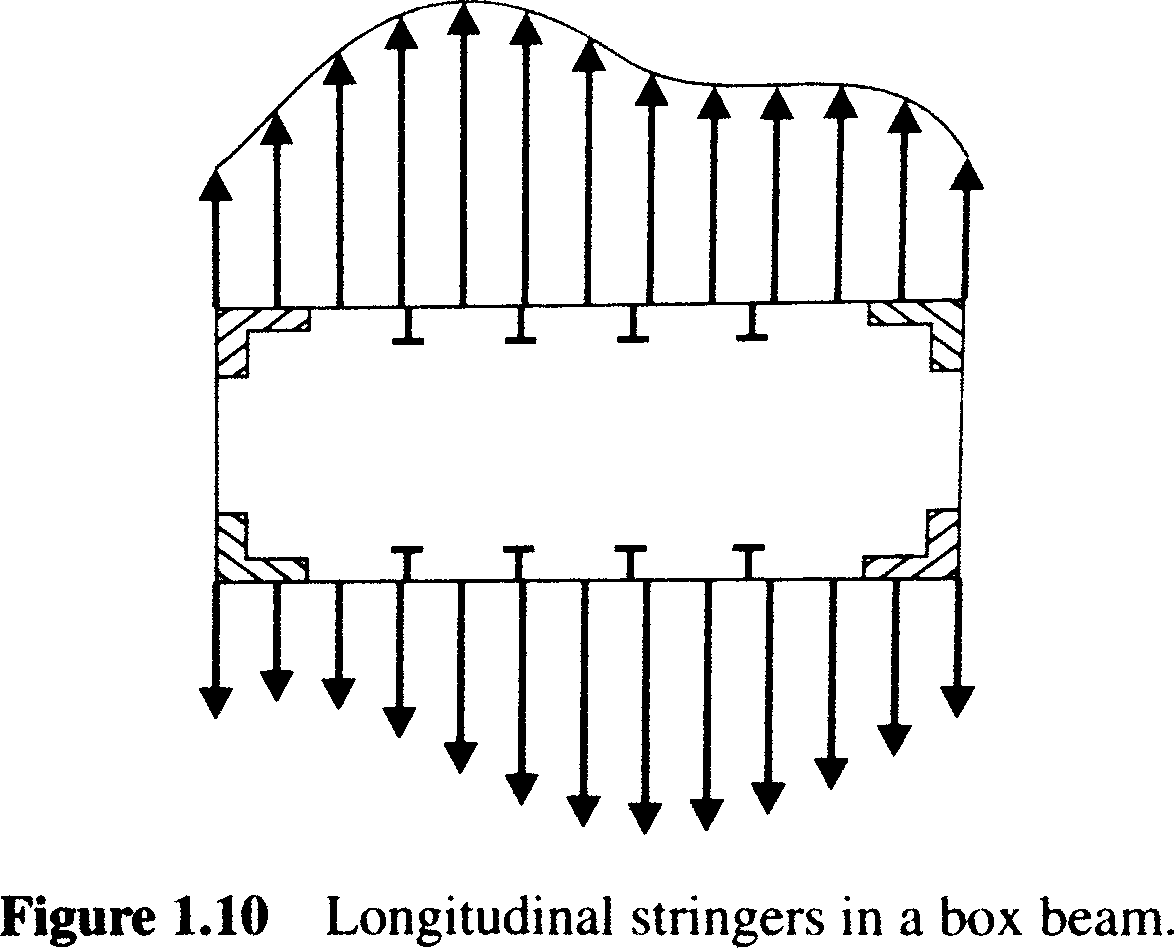
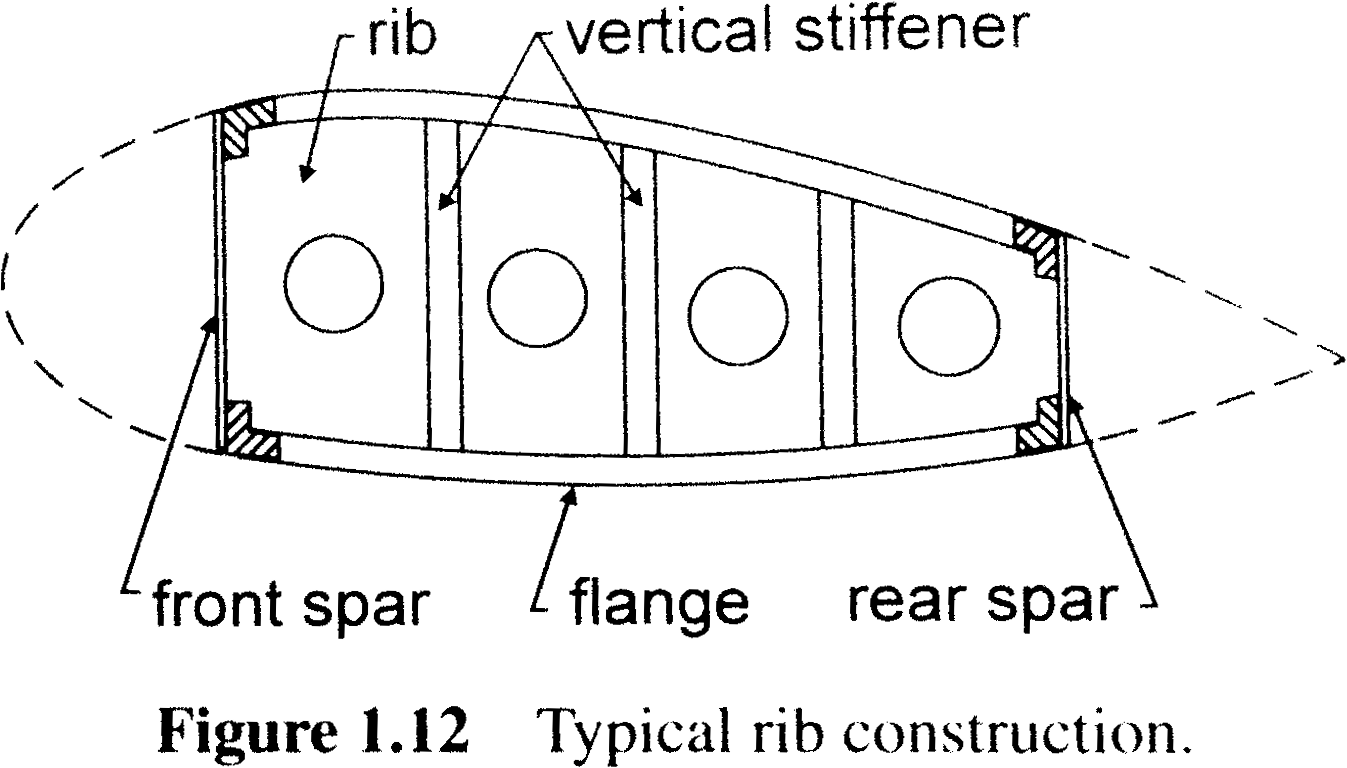
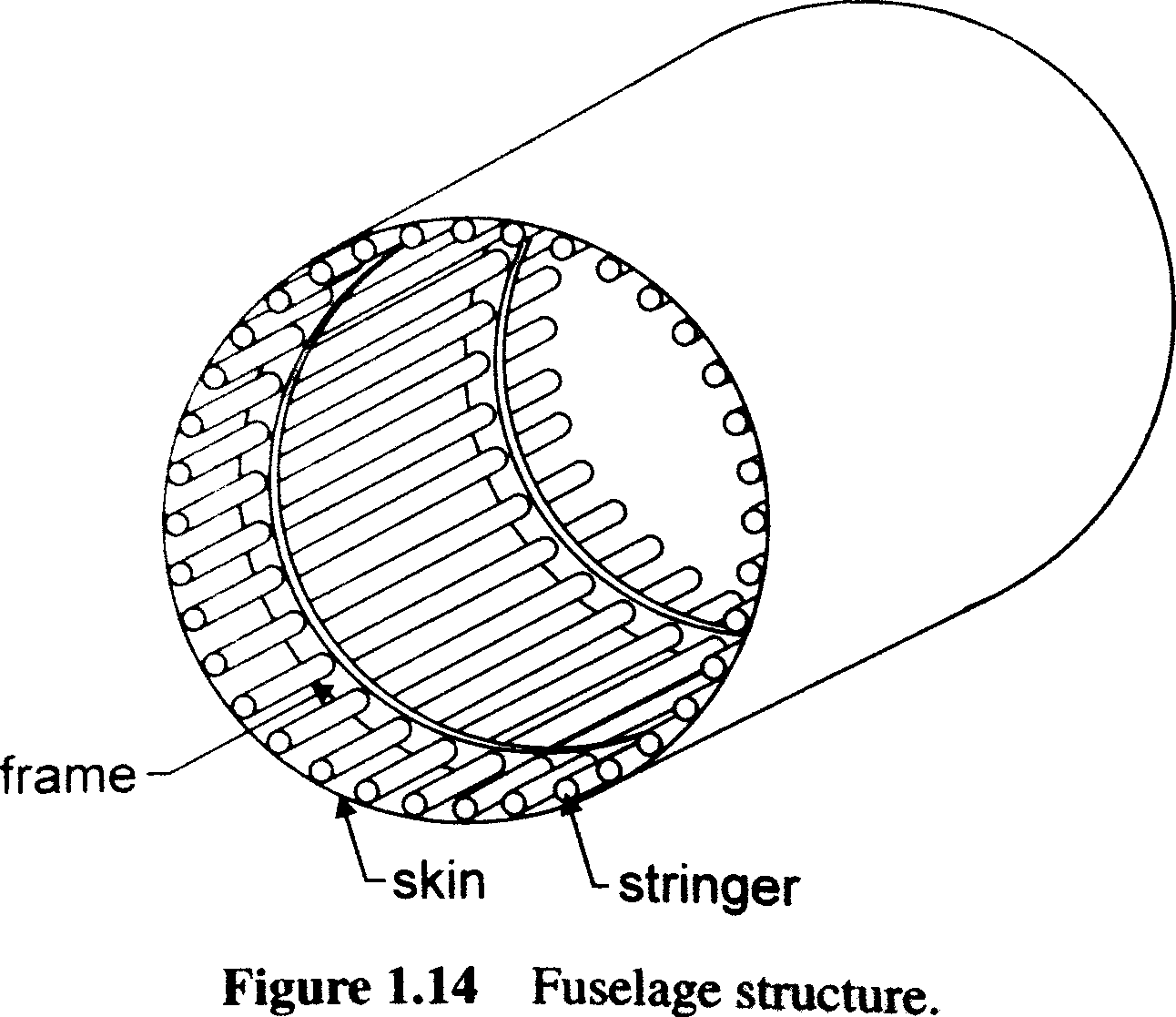
787 Fuselage (Composite Construction)
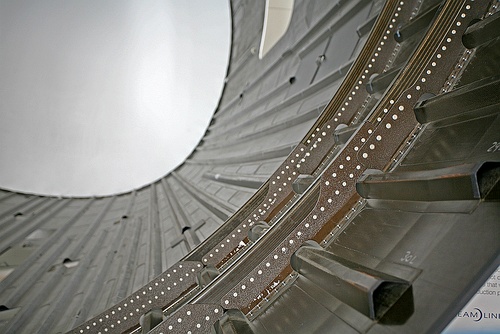
Historical background
Examples from: Dr. Jim Jastifer, 2010
Prelude
A flea the size of a man could jump about?:
- 1 meter
- 10 meter
- 100 meter
Galileo’s scaling problem

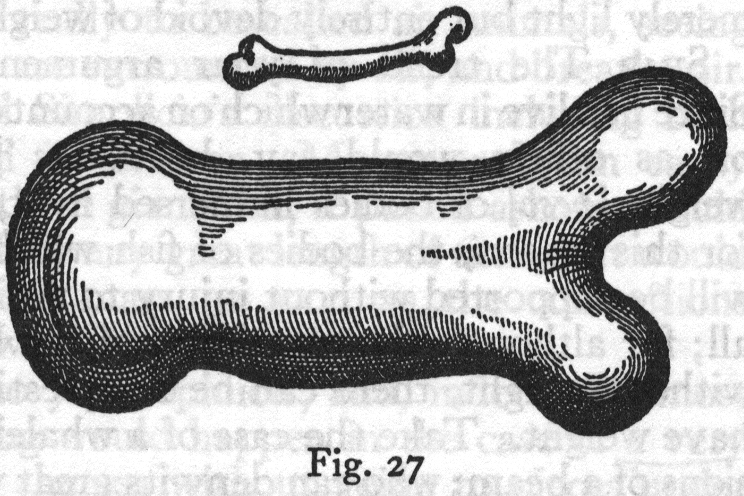
Galileo was among the earliest to document the sizing problem



"Who does not know that a horse falling from a height of three or four cubits will break his bones, while a dog falling from the same height or a cat from a height of eight or ten cubits will suffer no injury? … and just as smaller animals are proportionately stronger and more robust than the larger, so also smaller plants are able to stand up better than the larger.

I am certain you both know that an oak two hundred cubits high would not be able to sustain its own branches if they were distributed as in a tree of ordinary size; and that nature cannot produce a horse as large as twenty ordinary horses or a giant ten times taller than an ordinary man unless by miracle or by greatly altering the proportions of his limbs and especially his bones, which would have to be considerably enlarged over the ordinary"
As J.B.S. Haldane put it in his classic essay “On Being the Right Size”:




“You can drop a mouse down a thousand-yard mine shaft; and, on arriving on the bottom, it gets a slight shock and walks away… A rat is killed, a man broken, a horse splashes.”
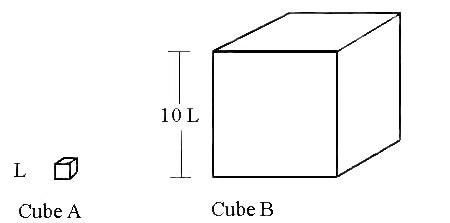
Cube \(B = 10 \times\) Cube \(A\)
- Bone strength is proportional to cross sectional area of the bone (\(L^2\))
- Weight is function of volume (\(L^3\))
- Relative strength decreases inversely with length scale (\(L^{-1}\))
Strength ratio based on dense scaling, (ie area/volume ratio).
Human bone strength

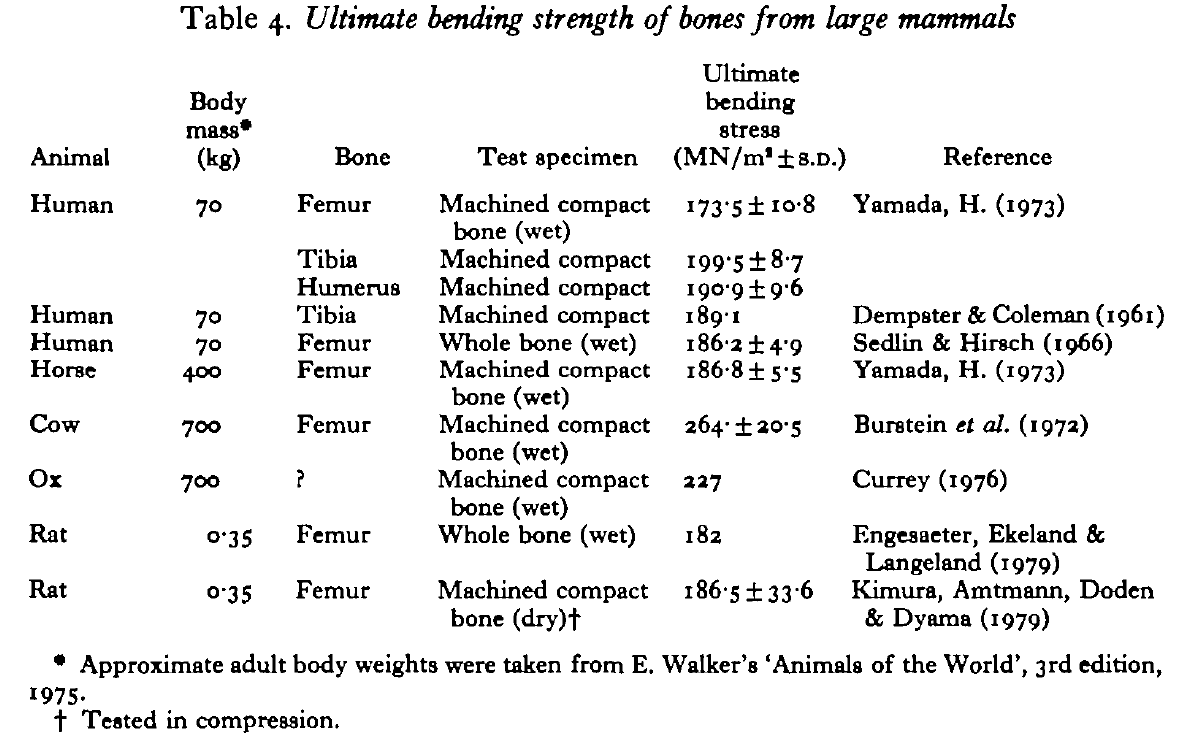
- Rats, Humans, and Cows have similar bone strengths
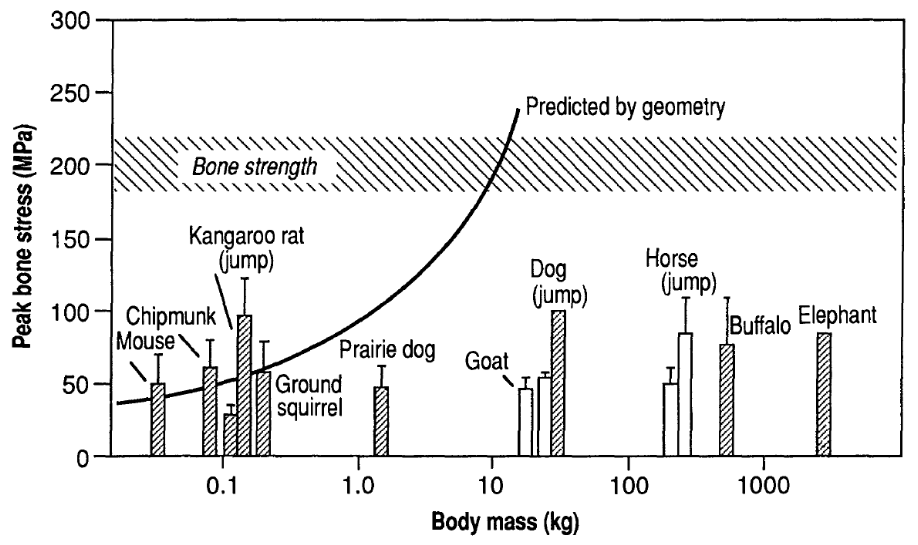
- With scaling, eventually, an animal’s bones will break under its own
weight.
- Gait and activity level matter.
- Larger animals tend to move much slower
Analogies in structural mechanics
- Historical building structures have similar limitations
- Does the above principal apply in Aerospace Engineering?
- Yes and No
- Aerodynamic scaling laws and aircraft sizing also come into play
- Larger tends to be better for efficiency, longer distances requires exponential fuel increases
- Structural weight scales at somewhat less than length\(^3\) in Aerospace (the volume contained is often empty).
- Yes and No
- Materials/structures can have size effects and flaws which dictate complex outcomes (larger isn’t generally better)
- Aerostructures (and structures in general) also limit activity
based on size
- Compare maneuvers conducted by a B747 to an Extra 300 or a RC aircraft
